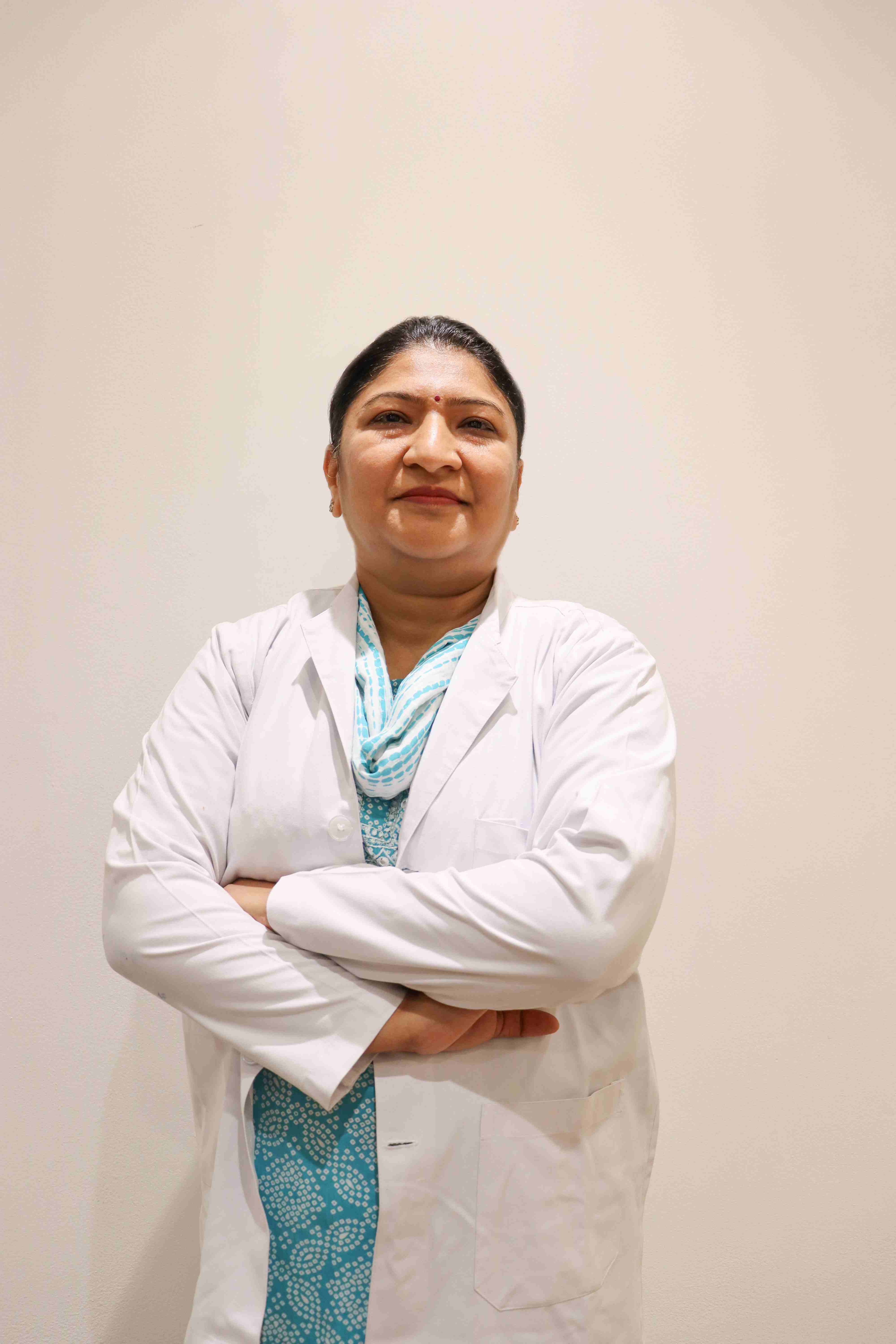
person with cellulitis
Many skin diseases are not dangerous, but others are. A small red spot or moderate swelling can quickly develop into a dangerous infection that spreads beneath the skin. This is called cellulitis, a bacterial infection that can be quite severe and requires careful treatment.
If left untreated, cellulitis can spread rapidly, enter the bloodstream, and cause severe complications. But if you catch it early and get the right therapy, it's easy to get rid of. In this blog post, we'll discuss what cellulitis is, its causes, symptoms, risk factors, treatment options, and how to prevent it.
Cellulitis is a bacterial illness that affects the deeper layers of the skin and the tissues right below it (subcutaneous tissue). When bacteria enter the skin through a crack, cut, ulcer, or wound, this occurs.
The area that is infected usually gets red, hot, swollen, and sore. Cellulitis most often affects the lower legs, although it can also occur on the face, arms, and other parts of the body.
Antibiotics can easily treat small cases, but severe cases can spread to the lymph nodes and the circulation, which is a medical emergency.
Cellulitis occurs when bacteria enter the skin through a cut, scrape, or other wound. Bacteria can get into deeper tissues through even a minor wound, bug bite, blister, or damaged skin.
The germs that cause this the most are:
Once bacteria enter, they grow rapidly, which leads to inflammation and infection in the surrounding tissue.
Anyone can have cellulitis, but some things make it more likely to happen:
Cellulitis is most common in these places:
Cellulitis can happen anywhere, although it most typically affects:

person with cellulitis
Symptoms of cellulitis often appear suddenly and can worsen rapidly. The main signs are:
If the redness or swelling spreads quickly, you should call a doctor immediately.
A physical examination and a person's medical history are the primary methods for diagnosing cellulitis. Doctors search for indications that are typical, like swelling, warmth, and redness.
To confirm the diagnosis or rule out other disorders, other tests may be needed:
It focuses on eliminating the infection, reducing inflammation, and preventing complications from occurring. The type of bacteria, the severity of the illness, and the patient's overall condition will all influence the choice of treatment.
1. Treatment with antibiotics
For mild cases, oral antibiotics such as amoxicillin, cephalexin, or clindamycin are usually given for 7 to 14 days.
Severe or Hospitalized Cases: For quicker action, intravenous (IV) antibiotics such as vancomycin or ceftriaxone may be needed.
MRSA infections require specific medications, such as doxycycline, trimethoprim-sulfamethoxazole, or linezolid.
Patients frequently begin to feel better after a few days; nonetheless, it is essential to complete the entire course of antibiotics to avert recurrence.
2 . Supportive Care Rest: Keeping the affected limb up helps minimize swelling.
Pain Relief: Over-the-counter medications like ibuprofen and paracetamol can help alleviate pain and reduce fever.
Nutrition and Hydration: Eating well and drinking enough water help the immune system and the healing process.
Taking care of wounds: Cleaning and covering exposed sores prevents bacteria from entering.
3. Being in the hospital
If the illness spreads quickly or causes a high fever, you may need to seek hospital treatment.
There is significant swelling or tissue injury.
The patient has diabetes, a weak immune system, or heart problems.
You require IV antibiotics or surgery to clear the fluid.
4. Surgery as a Treatment
If cellulitis causes an abscess or tissue death, minor surgery may be needed to drain the pus or remove the dead tissue. This enables antibiotics to work more effectively and accelerates the healing process.

cellulitis in the thigh area
If not adequately managed, cellulitis can lead to the following complications;
The best approach to avoid these unfavorable results is to seek treatment immediately.
To prevent cellulitis, it is essential to take care of your skin and address any underlying health issues you may have. Here's how:
Most patients recover from cellulitis within 7 to 14 days of starting antibiotic treatment. To make sure the healing is complete:
Cellulitis is a common but potentially deadly bacterial skin condition that should never be overlooked. Recovery is usually swift and complete if the problem is caught early, the right antibiotics are administered, and the wound is properly cared for.
Our team of dermatologists, infectious disease specialists, and wound care professionals at Prakash Hospital is highly skilled and can diagnose and treat a wide range of skin diseases, including cellulitis. We help patients heal safely and prevent their problems from recurring by utilizing innovative therapies and creating personalized care plans tailored to their specific needs.
Don't wait; if you notice redness, swelling, or discomfort in your skin that is worsening or spreading, seek medical attention immediately. Visit Prakash Hospital for an evaluation and treatment. Early care is the most effective way to prevent complications.
We offer expert care across key specialties, including Medicine, Cardiology, Orthopaedics, ENT, Gynaecology, and more—delivering trusted treatment under one roof.

Dr. Rakesh

Dr. R.C. Sharma

Dr. Meenakshi Nashi
Prakash Hospital Pvt. Ltd. is a 100 bedded NABH NABL accredited multispecialty hospital along with a center of trauma and orthopedics. We are in the service of society since 2001.
OUR SPECIALITIES
Contact Us
D – 12A, 12B, Sector-33, G. B. Nagar, Noida, Uttar Pradesh 201301
+91-8826000033

© 2025 All rights reserved.
Designed and Developed by Zarle Infotech